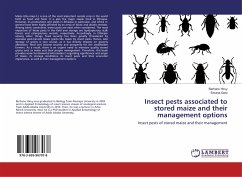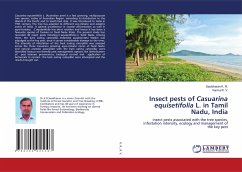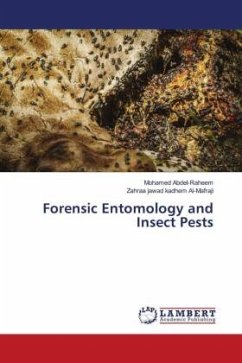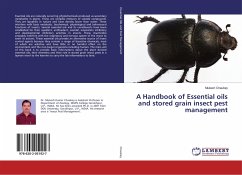Maize (Zea mays L.) is one of the most important cereals crop in the world both as food and feed. It is also the major staple food in Ethiopia. However, its productions and yields in Ethiopia in particular, and Africa in general have been highly affected by an array of biotic and abiotic stresses. Among biotic constraints, insect pests are most often considered. The most important of these pests in the field and storage are lepidopterous stalk borers and coleopterous weevils, respectively. Accordingly, in Ethiopia among other things, food security has been greatly threatened by excessive post-harvest losses grains like maize by insect pests. Hence, safe storage of grains is very crucial, as it has directly impacts on poverty alleviation, food and income security and prosperity for the smallholder farmers. As a result, there is an urgent need to maintain quality stored grains such as maize and their proper management. Therefore, this book provides some fundamental information's regarding significance and origin of maize, its storage conditions, its insect pests and their economic importance, as well as their management options.








